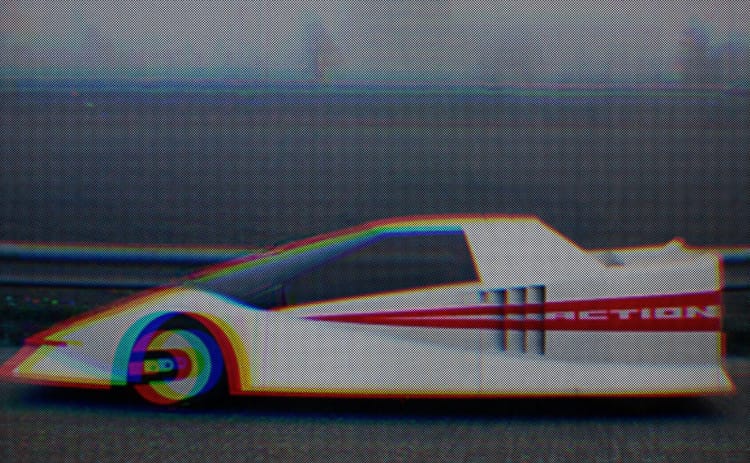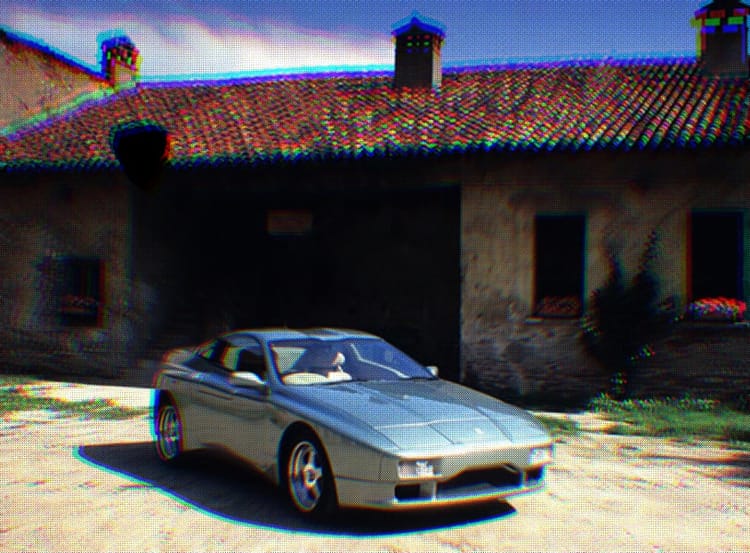Peugeot 905 Evo 2
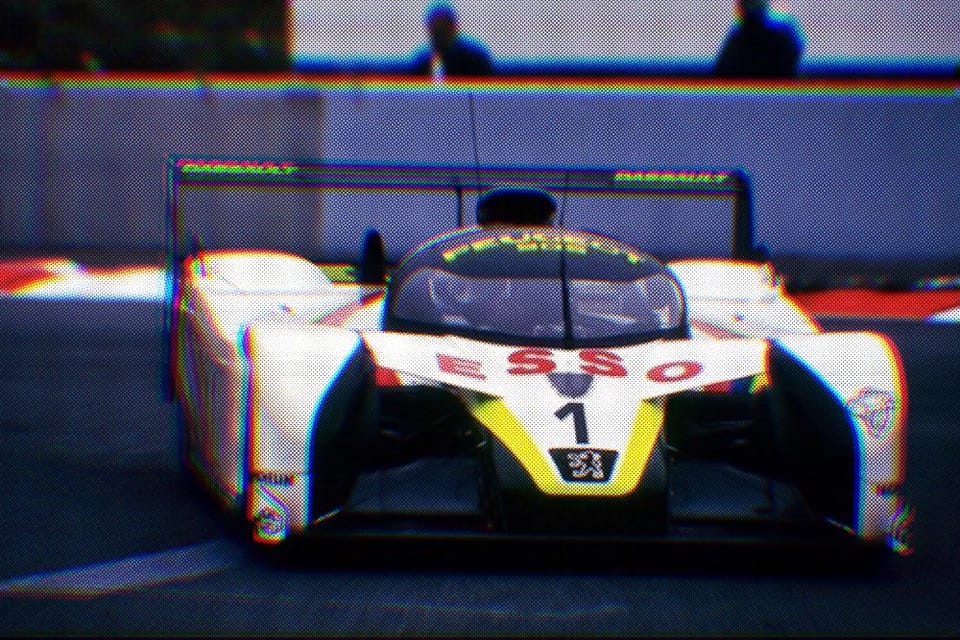
Sometimes, a vehicle is weird in the context of today. And today, in the context of yesterday, this Peugeot was weird as heck.
Built to Group C regulations, and directed by the Jean Todt, who was then leading Peugeot’s endurance racing program, Peugeot’s 905 debuted in Montreal, of all places, in late 1990.
How did the 905 sound? Extraordinary! Turn it up…
The famed French lion even designed and developed its own V10 engine for this, with horsepower in the neighbourhood of 700, weight at 780 kg (20 less than a 2025 Formula 1 car), and a carbon fibre tub chassis part developed by Dassault Aviation. Please reference the video above, and note the car is wearing stickers for headlights, as all seriously unserious race cars do.

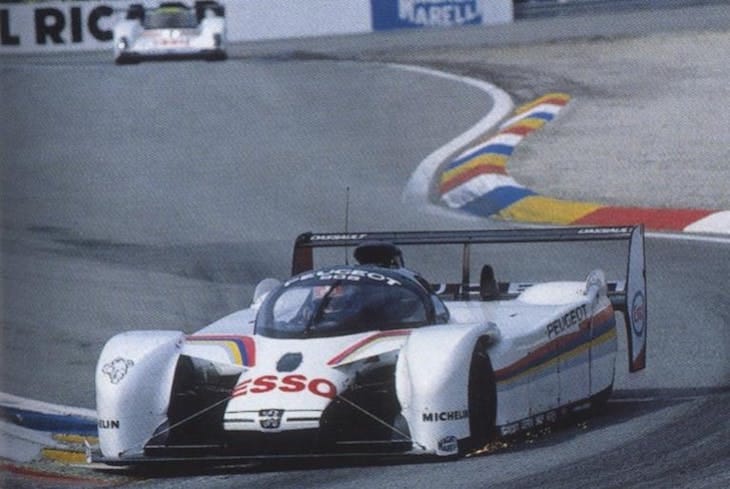
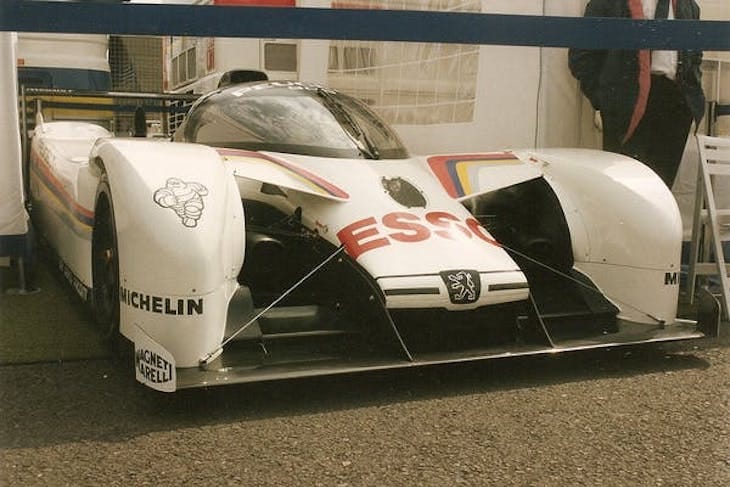
The Peugeot 905 Evo 2 on track and in the paddock in is very limited appearances in 1993 • source unknown
By the time the organizing body, the World Sportscar Championship, had closed up shop at the end of the 1993, the Group C regulations were over and Peugeot had made one full step with its engine and four distinct variants of the car: 905, 905 Evo 1, 905 Evo 1B, and 905 Evo 2.
Only one of the above looks like it could have taken the green flag at Le Mans within the last few decades: the Evo 2. With its raised nose, pontoon-style fenders, and rear wheel spats, the car was primarily a downforce-generating beast intended for sprint races — there are no endurance-spec headlights, only tiny scooter-sized ones mounted just ahead of the windscreen.
Despite making an appearance in practice at Magny Cours in 1993, and reportedly having much more downforce than other variants of the car, Evo 2 didn’t generate improved lap times and never raced.
Now, the reason I bring this car up at all is because I was goofing off the other night, and falling down a rabbit hole of car facts, which culminated in the discovery that our very special ‘Supercopter’ had a very special member among its team: Robert Choulet.
Choulet’s mentor was Charles Deutsch, the famed French racing driver and aerodynamicist who helped to bring low drag shapes to, primarily, Le Mans.

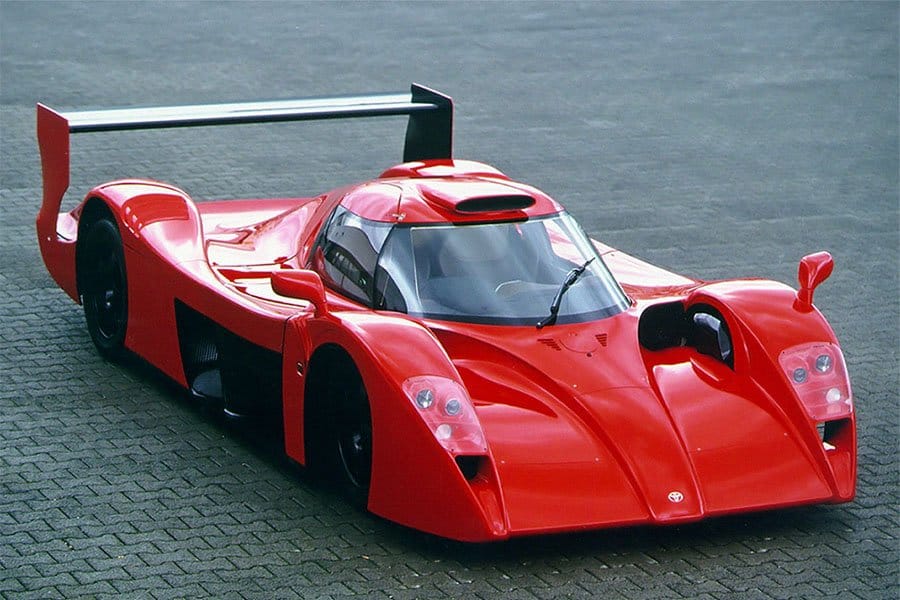
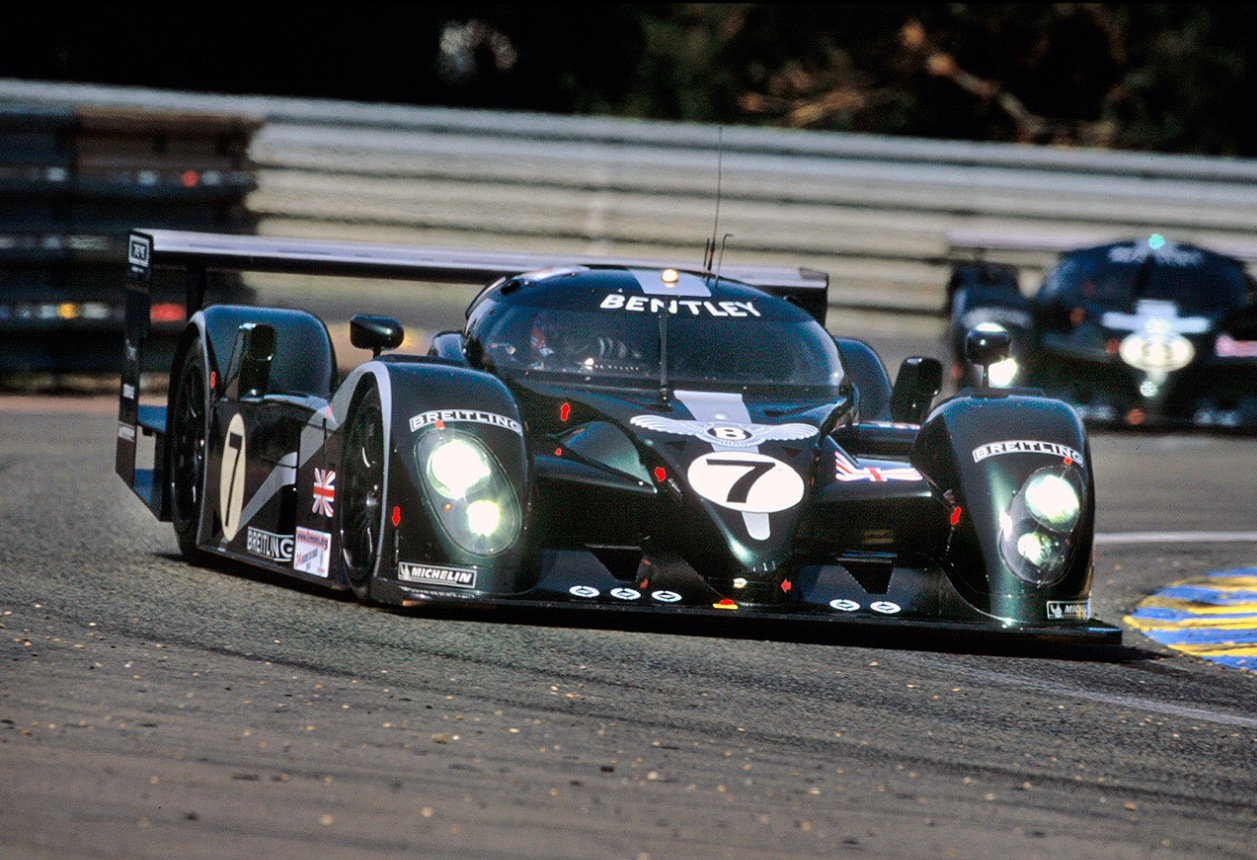
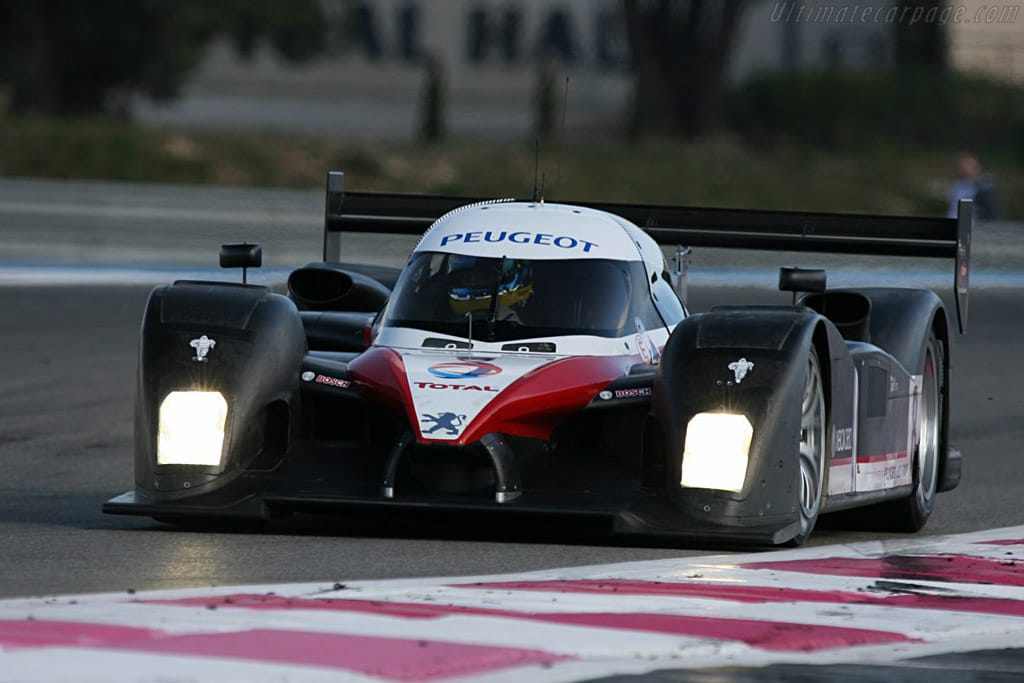
1993 Peugeot 905 Evo 2 ‘Supercopter’, 1998 Toyota GT-One Road Car, 2003 Bentley EXP Speed 8, and 2007 Peugeot 908 HDi FAP.

